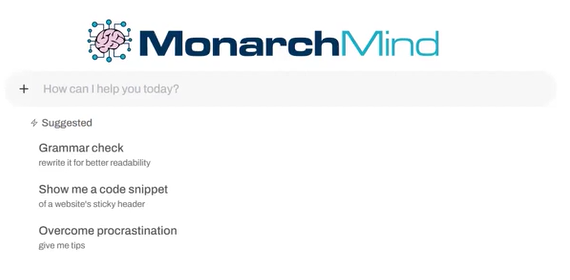Over the years, writing has changed from clay tokens and stone tablets to the latest mobile devices less than one centimeter thick. Laptop usage in educational settings paired with word processors have become staples in modern-day note-taking for students across grade levels, particularly at the university level. K-12 curriculums, still including handwriting, have adapted to include keyboarding – some making it mandatory, while others make it an optional elective. Both forms are taught at young ages to ensure success in students’ educations, but also after graduation into careers. But is one method better than the other for note-taking? Or does it depend on the context it is being used in?
As humans solidify routine habits while our brains age, our habits and default behaviors become reinforced by myelination, which is a neuroscience term used to describe how our brain keeps the neural pathways we use the most functioning smoothly. This can cause habits to be more difficult to break the older we are, and is why healthy habits are instilled at a young age, including handwriting and keyboarding. If both forms of writing are properly taught to students while they’re still young with the most brain flexibility, there will be less of a struggle in comparison with learning in their teens or young adult years.
Handwriting combines many coordination systems such as visualizing the letter, spatial awareness of each letter and the paper itself, along with the fine motor skills to hold the writing utensil and control the writing movement. Sensory-motor movements involved with handwriting create repetitive electrical activity called oscillations. With this information, it was concluded in a study that brain stimulation brought upon by handwriting makes writers more conscious and aware of what they’re putting onto paper, especially in note-taking.
Currently, there are two main hypotheses in note-taking that benefit learning: encoding, the learning that results from the act of note-taking, and the external storage which occurs when studying the notes. In a lecture during the encoding process, the slower pace of handwriting requires the writer to think critically about rewording and summarizing information in order to only include what is important and eliminate what is not.
In certain settings, no matter how skilled a handwriter one may be, typing may be the better option because the paths of fingers while typing are more efficient for the hand muscles than the complex fine motor skills needed for handwriting. This allows for more words per minute (WPM ); typing is usually around 5 WPM faster than handwriting. Word processors can easily organize notes with typography and formatting features, as well as correct spelling errors made in fast-paced writing settings (although it is advised to not be too reliant on spell checkers).
The manner of typing, however, can greatly affect the WPM. In what’s called a “hunt-and-peck-system” where the typer has to look at the keyboard and press each key individually with their index fingers, there is more thought put into the act of typing versus the information being typed. Experienced typers create a mental map of the keyboard to know where each key is while subconsciously memorizing the paths from one key to the next to know which key should be pressed by which finger. Once students undergo proper keyboarding instruction, they’re able to focus more on the content during the encoding process.
The benefits of each writing medium can be applied to the contexts in which one may be more appropriate to use. Next time you’re going over Powerpoint slides for an exam review on your own time, consider handwriting your notes for better information retention. But when you’re in a fast paced lecture, typing may be the better option. The choice is yours to make based on your needs at that moment because when you’re proficient in both writing mediums, you do not have to settle for one method over another.















